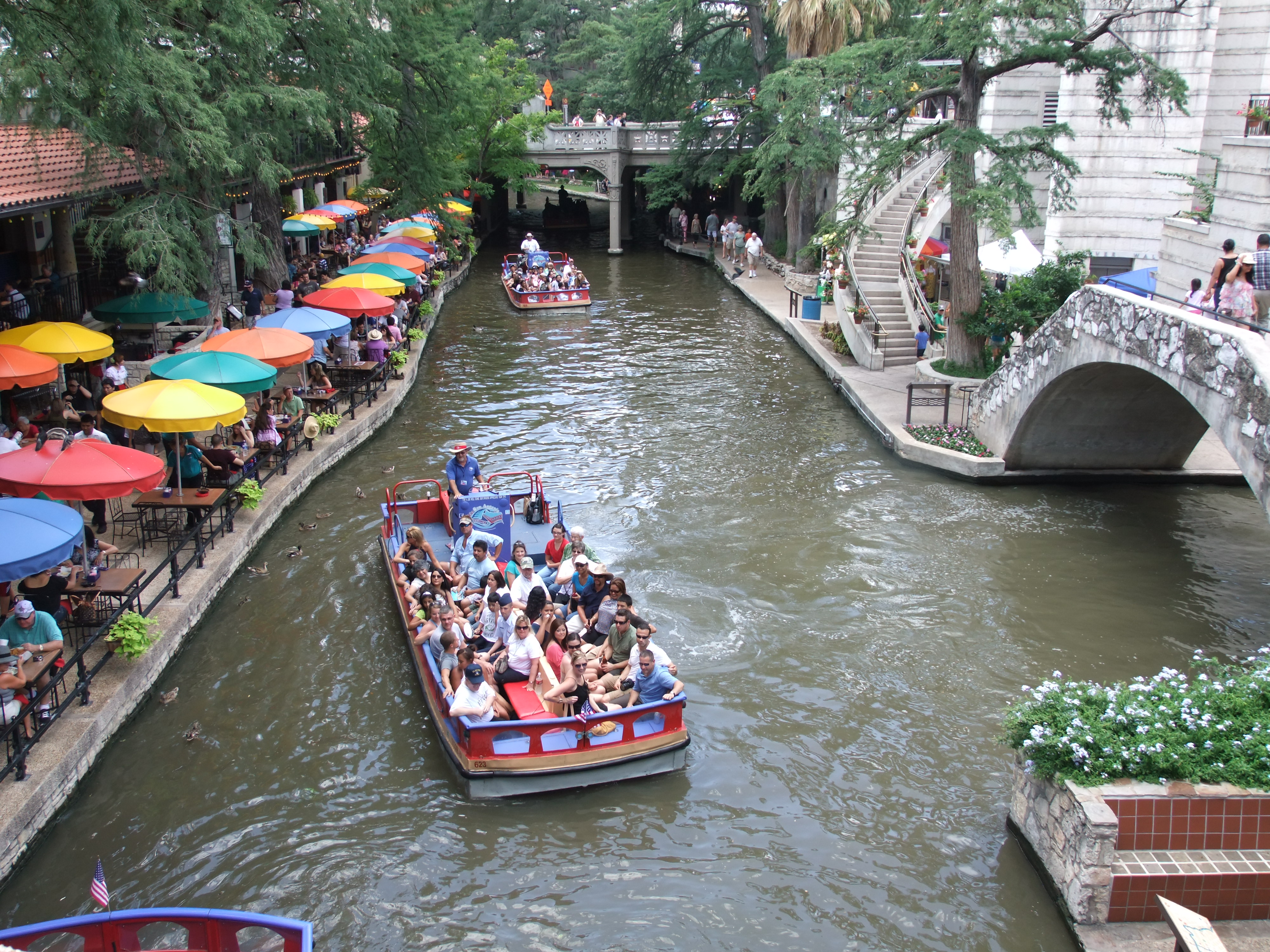San Antonio's River Walk, a catalyst for abundant commercial and tourism enterprise, is generally regarded by cities and urban planners throughout the world as a prototype for the development of urban riverfront sites. The River Walk's success, however, would not have been possible without a series of flood-control and architecture projects completed in the first half of the 20th century that relied heavily on civil-engineering expertise.
Located near central Texas hill country, the San Antonio area is particularly susceptible to extremely heavy rainfall and intermittent, destructive flooding. Efforts to control flooding included a landmark hydrologic study in 1920, the construction of Olmos Dam in 1927, and completion of a downtown bypass canal in 1929. The park-like environment that followed was built between 1939 and 1941 - integrating architecture, landscaping, and civil engineering - and remains a cornerstone for activity that brings over $2 billion a year to the local economy.
Facts
- Serious flooding of the San Antonio River occurred in 1845, 1865, 1880, 1899, and twice in 1913. A hydrological study completed in 1920 by the firm of Metcalf and Eddy -- still a source of insight for ongoing design in San Antonio -- concluded that another severe flood was inevitable. "When such a flood will recur, no man can say," the study's authors wrote. "But that it will recur is certain." In 1921, another devastating flood did, in fact, occur, causing more than 50 deaths and costing millions in property damage.
- The River Walk park, conceived largely by visionary city architect Robert H.H. Hugman, was built with $355,000 from the Works Progress Administration and the labor of more than 1,000 workers. It includes an outdoor theater that seats 1,000, named for the supervising engineer on the River Walk project, Edward P. Arneson, who died in 1939. Likely the only theater in the world with a natural body of water separating stage and audience, Arneson River Theater may also be the only theater in the world named for its supervising engineer.
- Since 1962, eight major hotels and a large shopping center have been built on the River Walk, which also serves more than 50 dining establishments. Four of the bridges on the River Walk are listed in the National Register of Historic Places. Of the nine bridges total in the San Antonio area that qualify for the National Register of Historic Places, seven cross the San Antonio River.
- In 1954, U.S. Army Corps of Engineers funding for the San Antonio Channel Improvement Project allowed additional flood-control work to be done on the San Antonio River and four of its tributaries. A further extension of the project provided for construction of a three-mile tunnel to further assist in flood control.
- In its nomination for a National Historic Civil Engineering Landmark, the San Antonio Branch of the American Society of Civil Engineers noted: "What has happened in San Antonio through the establishment of the River Walk is an example of what can be achieved when engineers respond to public desire .... Standing alone, most of the engineering solutions to control flooding of the river and enhance its beauty are not new. What is special is how various solutions have been blended to produce something unique."
Resources
- Lewis F. Fisher, Crown Jewel of Texas: The Story of San Antonio River ; Maverick Publishing, 1997, ISBN 0-9651597-1-2
- Vernon G. Zunker, A Dream Come True: Robert Hugman and the San Antonio River Walk , V.G. Zunker Publishing, 1995, ISBN 0963923501



